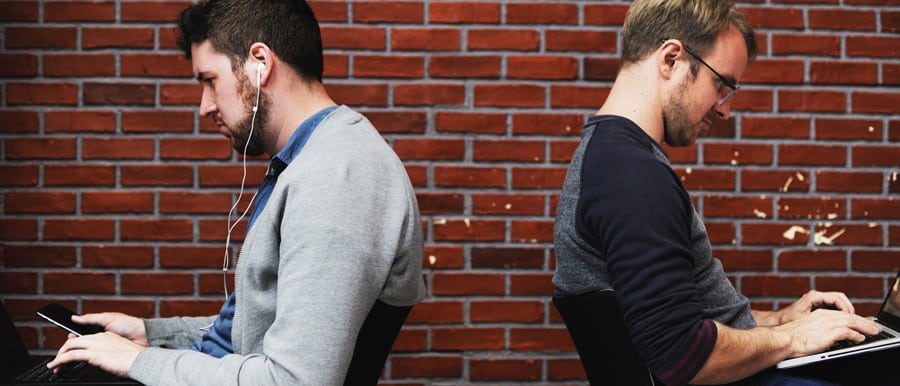Do you fill small gaps in your day with technology use? Check your phone at traffic lights, while waiting for a lift, or your morning coffee? Do you feel anxious when you are without your phone or irritable when you can’t read and respond to emails?
As a potential mental health concern, our digital immersion is rightly gaining more attention. Excessive use of technology has been associated with poor self‐ confidence, more anxiety and depression, lower emotional stability, and lower life satisfaction. Social media use, in particular, has been associated with sleep deprivation, stress, anxiety, social isolation, negative social comparison, loneliness, and depression.
A recent study published in the Journal of the American Medical Associationalso clearly demonstrated a link between high levels of digital technology use and subsequent symptoms of ADHD (attention-deficit hyperactivity disorder), such as struggling to listen or hold attention, distractibility, and trouble waiting for things or sitting still. While previous research has shown a relationship between technology use and poor attention, this study is the first to demonstrate that greater technology use is linked to greater problems with attention over time, with participants followed up for two years. The ability to maintain focus, tune out distractions, and exercise patience towards meeting our longer term goals are important abilities for both our success at work and our wellbeing.
Constant technology use is also problematic as it’s the spaces in between tasks that give us an opportunity to recover, allowing our brains enough rest so that when we tackle the next task, we have enough mental energy to focus and be productive. Plus it’s these pauses which often give our brains the opportunity to consolidate and connect ideas, fostering greater memory and creativity.
How then can we be smart about our digital wellness, and what are some potential solutions?
In our experience, having conversations about possible solutions and experimenting with different options are both successful starting points.
Talk with colleagues/your team to see which creative options might work:
- Find one day a week to agree to completely disconnect – recharge your physical and mental batteries by doing anything that doesn’t involve a screen.
- Experiment with periods of time in the day when you go offline – perhaps for an hour or two in the morning when you focus on tasks that require your full attention.
- Turn off email and message alerts and set up an automatic reply letting the message sender know you will get back to them within a certain time frame.
- Simplify technology use while doing complex work tasks – especially tasks requiring learning, concentration, or creativity. Put your phone away in a drawer or bag, or close background webpages and turn off all alerts.
- Set up screen-free zones in the office, especially in areas where discussion and collaboration are a focus.
- Run screen-free meetings.
The Umbrella team are committed to supporting digital wellbeing as a component of holistic wellness. Consider providing a digital wellbeing seminar for your team or set up a digital wellbeing challenge – contact Umbrella to find out more: [email protected]



